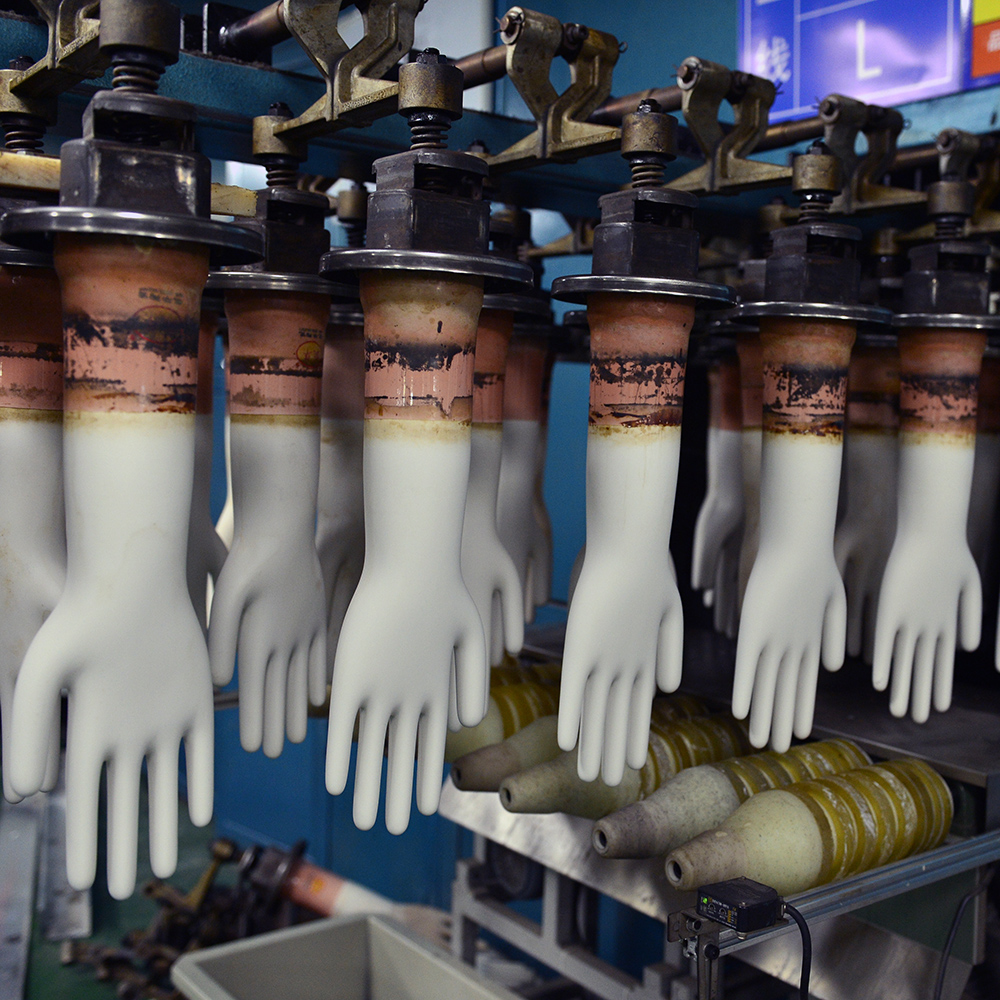A fair amount of confusion tends to surround the thickness of single-use gloves.
Do not be alarmed! For all the claims by producers and vendors touting the superiority of their gloves based on how thick they are, it’s important to keep this in perspective: Glove thickness is not an exact science, nor is it the be-all, end-all measurement of disposable gloves.
Does it matter? Certainly. Just as you don’t want customers using lightweight 3-mil gloves for working on automotive engines, it is not advisable to use 8-mil gloves with Raised Diamond Texture to assemble sandwiches.
More to it than just thickness
But any evaluation must include the material they are made of, and whether they are industrial or exam grade—both key factors in determining their appropriate applications. If you have questions, start by downloading our glove data sheets, which can be found in our Product Toolkit.
In the end, it comes down to asking customers the right questions. The most important one, of course, is “What will the gloves be used for?”
A great application of this is the use of samples. Nothing beats the tactile experience of a customer pulling on a pair of gloves in deciding whether they are right for them.
Three thicknesses all around
You might hear gloves advertised as having a different thickness between the fingertips and palm, as if the vendor was imparting some big secret for the sake of value-added transparency. Truth is, disposable gloves have three thickness ratings simply because of the way they are manufactured.
When gloves are made, hand-shaped formers are dipped into liquid material, with fingers pointing down. As they begin drying, the law of gravity takes over as solution is pulled downward. As a result, fingertips are thicker than wrists, with palms somewhere in the middle.
Some vendors position the thickness of the fingers as most important. That’s all well and good, and we are not here to criticize. AMMEX uses palm measurements because it is the largest surface on the glove and most accurately captures its viability.
The thick and thin of it
The thicker the glove, the stronger the chemical resistance (but the more dexterity is reduced). Thicker gloves are more expensive to make, and therefore cost more. Glove manufacturers generally state that doubling the thickness of a glove quadruples the breakthrough time of a chemical.
Why do gloves have various thicknesses? In short: Thicker fingers are normal. So are thinner wrists. There is not a tremendous amount of difference between an 8-mil glove and a 9-mil glove.
Confusing? Can be. As always, reach out to your AMMEX sales rep with questions or concerns.





